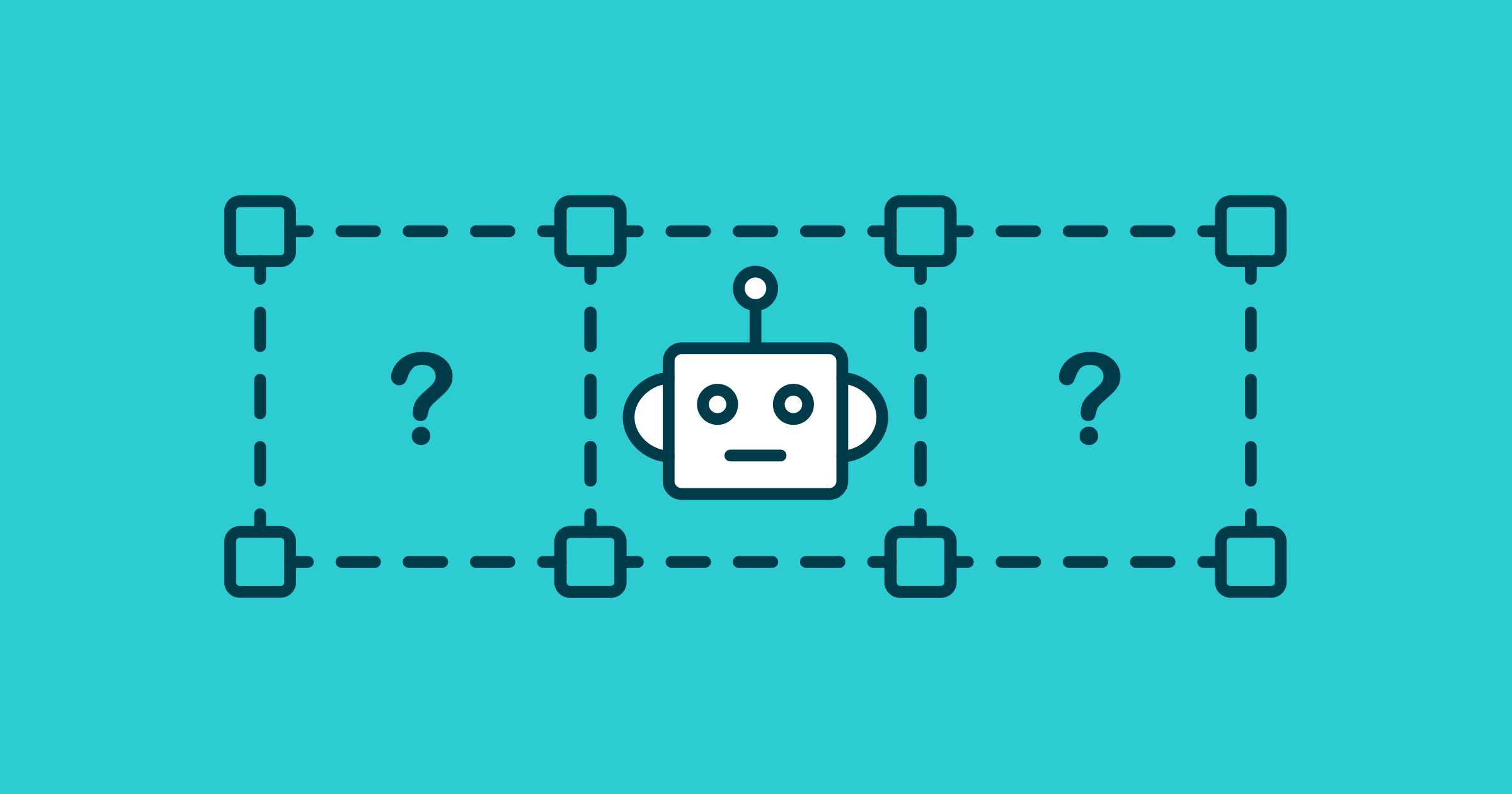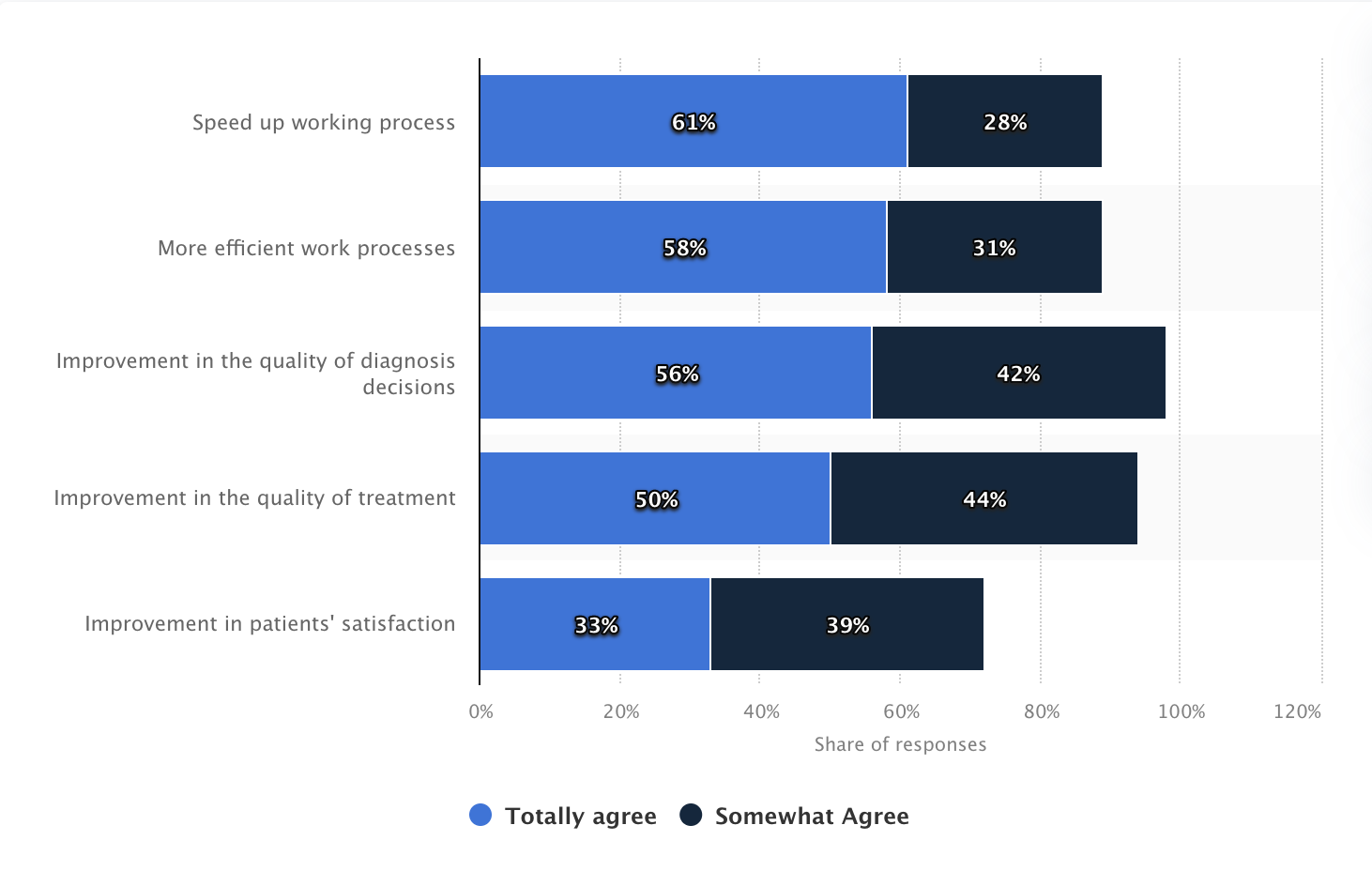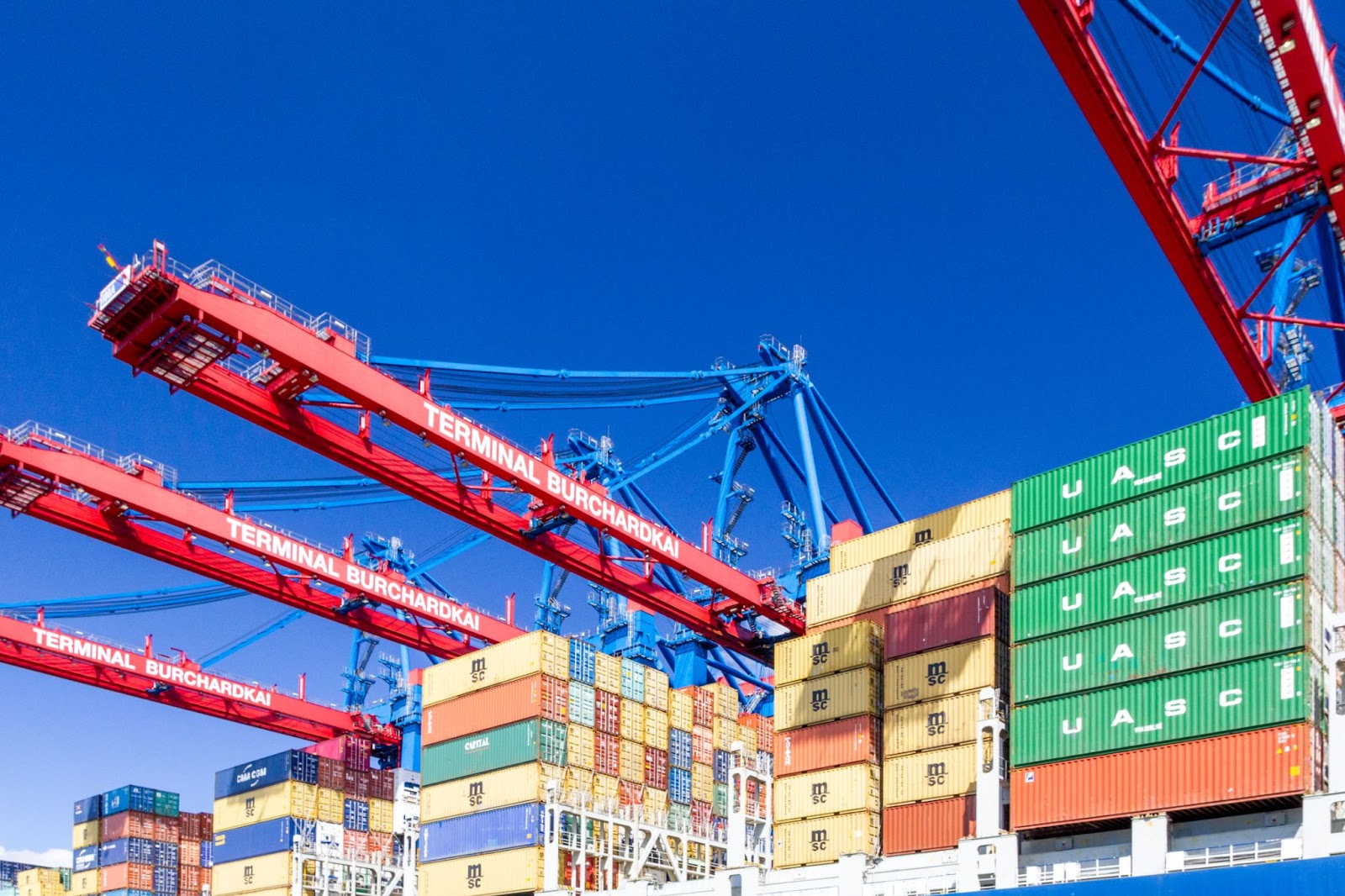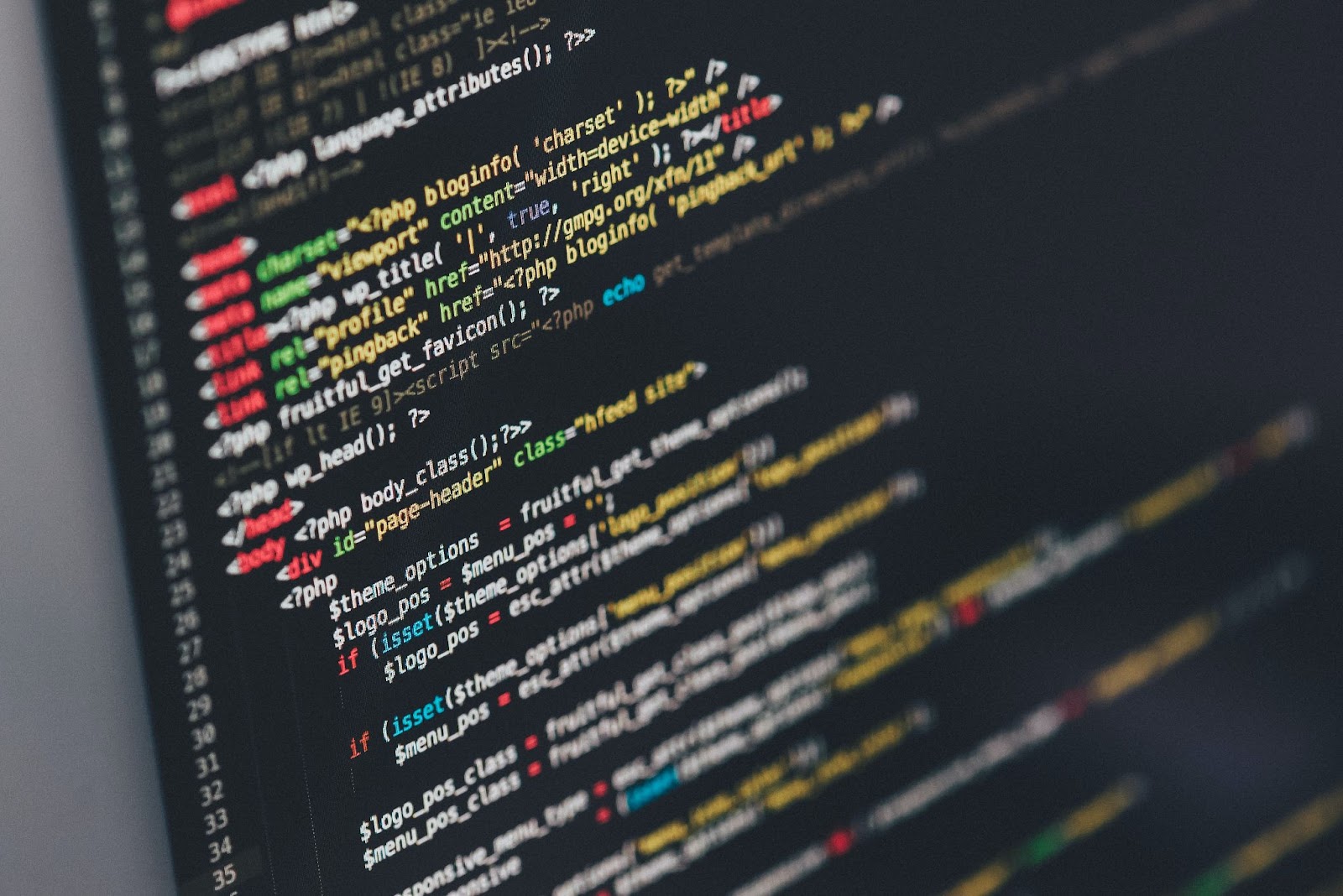
Top-3 industries that need artificial intelligence solutions the most in 2022
Viktoriya KuzinaIt was not so long ago that the internet was riddled with articles speculating about the need for artificial intelligence. However, that is no longer the case. We clearly do need it, and there are already a couple of generations that probably cannot imagine their life without it. I mean, a social network without friend recommendations or streaming services without personalized playlists? Not for me, thank you!
Some industries have adopted AI and ML at a larger scale than others. However, it doesn't necessarily mean, in our opinion, that those with the lower adoption rate need a boost to balance those with the higher one. Instead, we find it more meaningful to focus on the industries that would have the biggest positive impact on the quality of life provided they adopt more or better AI solutions faster.
In this article, we will try to list the industries that we as a company see as the best candidates for larger adoption of artificial intelligence solutions, as well as talk about why we think so while showing you some examples of industry-based use cases. Let's go!
How do we define industries with the biggest need for AI solutions?
It is quite simple. There are two things that we believe matter when it comes to prioritizing one industry over another. Firstly, as it was already mentioned, we look into the potential impact that improvements in this industry will have on the quality of life. Here we are talking about direct and relatively short-term impact.
Secondly, we are talking about the industries where it would be relatively easy to implement new solutions due to two factors: the need to process big volumes of data and the need to automate established working processes. Which ultimately led us to the list of industries you can see below.

Healthcare and life sciences
Why?
Firstly, there is a demand for unloading medical professionals from routine and tedious tasks that take their time away from patient interaction and research. Medical assistance is very dependent on human interaction and needs an individual approach to each patient, yet doctors spend this precious time on, for example, filling in the paperwork or reviewing medical records.
Secondly, some aspects of research simply can no longer be efficiently done by humans. We need AI assistance with data parsing and analysis due to large amounts of data that only keep on multiplying by day thanks to the widespread use of portable trackers and smartphones as well as the availability of better and more precise equipment.
Last but not least, healthcare shifts away from treating conditions that have manifested to preventive healthcare focusing on detecting conditions before they reach the acute stage. IoT-enabled devices allow us to monitor one's health in real-time and communicate any vital information to the doctor in case of an emergency.
With better data and a better understanding of the patterns, doctors are able to provide better feedback and assign treatment in a more efficient manner. Moreover, AI helps to weed out human error and biases from the analysis.

Statista: Share of users who agree with the following statements regarding the impact of AI technologies in healthcare in the European Union (EU) as of 2021
How?
AI could be used to automate administrative and decision-making processes. Take, for example, image processing. While actual decisions on the final diagnoses and treatments are to be made by people, AI algorithms are way faster and more precise in analyzing and processing big sets of data to identify pathological changes as well as in discovering new patterns and detecting rare liaisons in medical images.
The same goes for drug discovery: we need help with assessing how patients react to different treatments on the individual level and see if there are dependencies in these reactions; we need to predict how different compounds might react to each other and if certain compounds or drug combinations are likely to produce the necessary effects.
Some of our clients in the life science industry use artificial intelligence solutions to develop solutions in dermatology, create better cancer treatment plans, and improve recognition of medical images, among other things.
Logistics and transportation
Why?
If your shipment service has ever lost your parcel or your navigator led you to the wrong place, you know why. There's more: overloaded roads and traffic jams, utilities supply and maintenance, public safety and security, natural resources management and preservation, situational awareness of natural disasters, etc.
You do not get to see how most of these things are orchestrated in daily life, or rarely do people think about what happens behind the curtains, but many of us are accustomed to a safe and comfortable life where we can get all the products and services that we need.
How?
Some common examples would be self-driving cars or autonomous waterways, which are easy to see and acknowledge the impact they have on our lives. Some less obvious ones, yet not any bit less important, are ocean transportations and supply chains that we nonchalantly expect to be there for our benefit, but rarely get to see how much effort it takes to maintain those.
These industries do not really leave much space for mistakes. Just think about the time when the Ever Given ship got stuck in the Suez Canal, blocking about 300 other ships with cargo for six days. Many felt the aftermath of that incident for months. Not only did the incident cause delays in deliveries, it endangered animals on the ship, caused enormous financial losses to shipping companies whose boats had to queue for almost a week or go through alternative routes, etc.
Suddenly, everyone knew that there were almost no alternatives to the route because the ship is so wide and massive that it couldn't fit any other nearby waterway. It became clear how complicated the transportation system is, and the follow-up lawsuits highlighted how many parties are involved. There are also allegations that the ship had so many containers stacked on board to save on transportation costs that it increased windage, which caused the drift off.
Is it really how we want our logistics systems to be in the future? We want them to be precise and fast to react to such incidents, which means that they are very costly. Thus, we need solutions that allow us to utilize available resources in the most efficient way, prevent disruptions and malfunctions well in advance whenever possible, and as a result, cut the overall costs.
In other words, you need machine learning models that can adapt to constantly changing environments (like a mega-ship stuck across the key transportation canal) without the pain of dealing with infrastructure management.
Artificial intelligence
Why?
Fun fact: we need AI to make better AI. OK, maybe that was an oversimplification as there are many aspects that we need to keep in mind. However, one thing is for sure — machine learning and artificial intelligence need a lot of data. And not just any data, but high-quality data sets.
Quite a simple idea that is rather challenging in implementation. However, not impossible. The core idea is to use ML to develop methods to accumulate more quality data. It will enable data scientists to build more value instead of spreading their efforts thin across tedious tasks.
How?
There are several things we can do, but a simple example of freeing up data scientists from routine would be autolabeling. To some it may come as a surprise, but if you want those YouTube auto-generated subtitles to be correct, you need humans to label numerous hours of audio. We are talking about manually transcribing and timestamping those to feed to the algorithm. There are better and more productive things data scientists, or any other human, should be focusing on instead of labeling.
We can also use machine learning to monitor models and intelligently detect outliers, making models more robust over time. Moreover, ML can help with the discoverability or generation of synthetic data. To sum up, we need AI and data platforms to help machine learning compound machine learning.
What else do these industries need besides AI?
You know what they say: if you talk to engineers, call it machine learning, but if you want to sell it, call it AI. So, in order to make all of that artificial intelligence magic happen, companies operating within the above-mentioned industries need a machine learning operations platform to bring their ideas and models to production. And that is what Valohai is for.
Valohai is optimized to provide full version control for machine learning experiments, and a smooth asynchronous workflow without additional technical hassle. The experiments are version controlled and fully reproducible. It is applicable to a variety of use-cases across multiple industries.
And if you are not sure if Valohai is the right tool for your use case, feel free to schedule a call with our experts to see if our platform is the right fit for your project.


